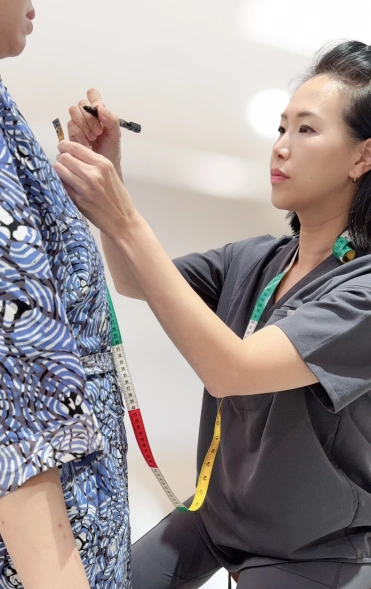Repair of Diastasis Recti
(separation of rectus abdominis muscle) in men
The term “skinny fat” refers to having a normal BMI (Body Mass Index), but having a high level of body fat (particularly visceral fat) and low muscle mass. Outwardly, someone who is “skinny fat” may have slim arms and legs but a disproportionately rounded protruding belly. The protruding belly could be due to “diastasis recti”.
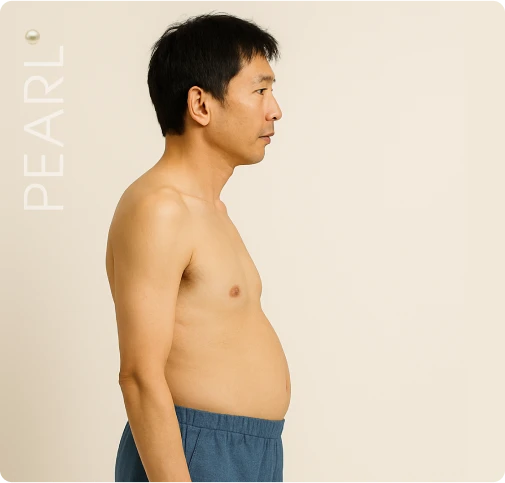
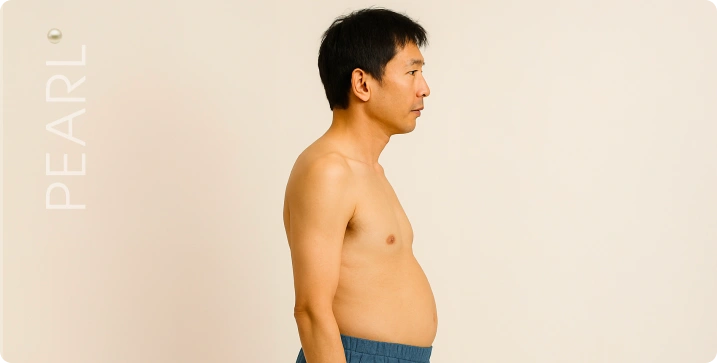
The word "diastasis" comes from the Greek word diástasis which means "separation" or "standing apart" and the word “recti” refers to the 2 rectus abdominis muscles running vertically along the middle of your tummy, from the sternum to the pubic bone.
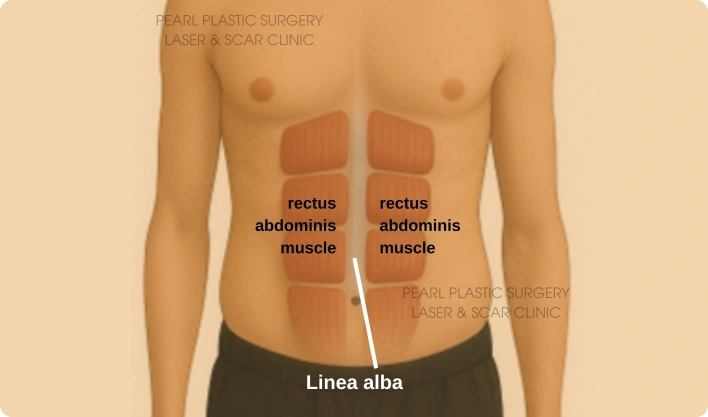
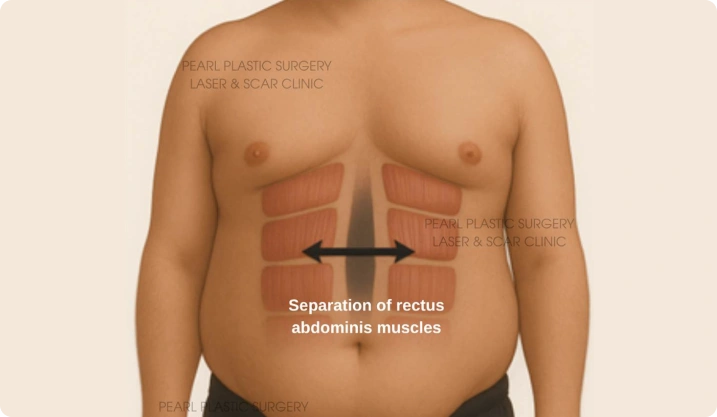
Diastasis recti—though more commonly discussed in the context of post child-birth women, is absolutely possible and commonly seen in men. This phenomenon can result from several mechanical and physiological causes and presents as a separation of the rectus abdominis muscles from the linea alba (the fibrous band connecting the left and right rectus abdominis muscles).
Causes of Diastasis Recti (DR) in men:
1. Central Obesity/Visceral Fat
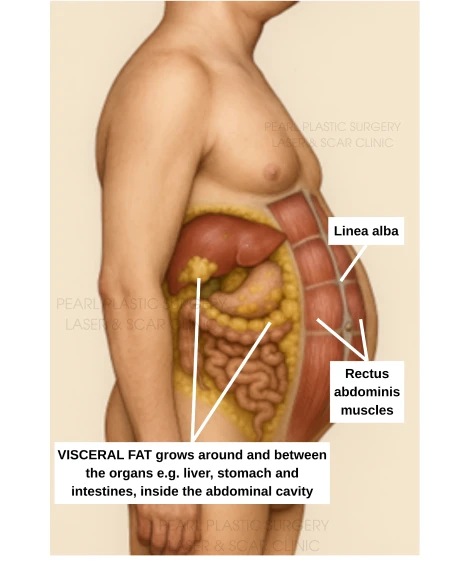
Increased fat mass, especially visceral fat, correlates strongly with metabolic syndrome. Studies have shown that those with higher visceral fat have significantly greater metabolic syndrome markers, i.e. insulin resistance and altered lipid profiles, compared to those with lower fat mass. This makes them more at risk of developing diabetes, cardiovascular disease and stroke.
How does Visceral Fat contribute to diastasis recti?
- Large amounts of visceral fat pushes out against the abdominal wall/muscles from within and puts constant pressure on the linea alba.
- Over time, the linea alba becomes attenuated (thinned out) and stretched, losing its tensile strength leading to the rectus muscles moving apart and separate from the midline, eventually leaving a gap. This gap is a central weakness allowing intra-abdominal contents to bulge forward giving the belly a round and protruding appearance.
- Many men with visceral obesity also have weakened core muscles. Core muscles act like an internal "corset," and with prolonged pressure from visceral fat, they will stretch out, become thinner and weaken.
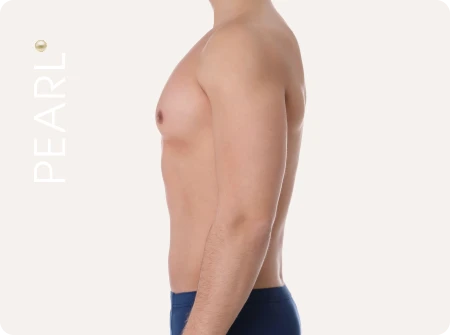
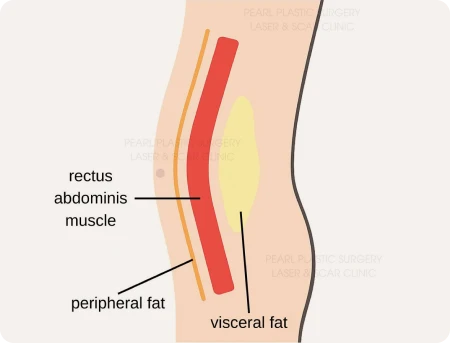
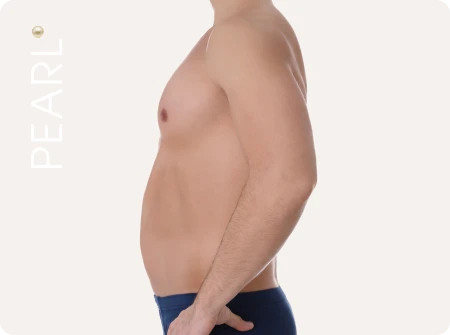
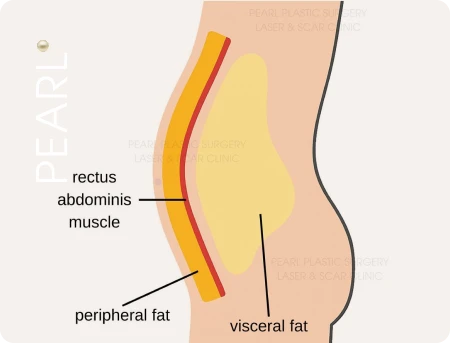
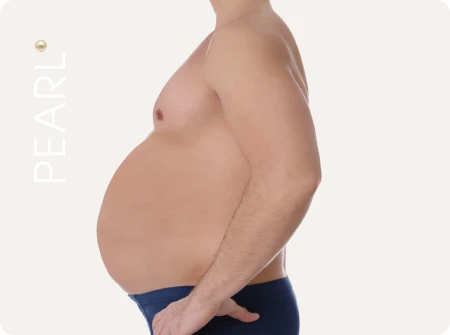
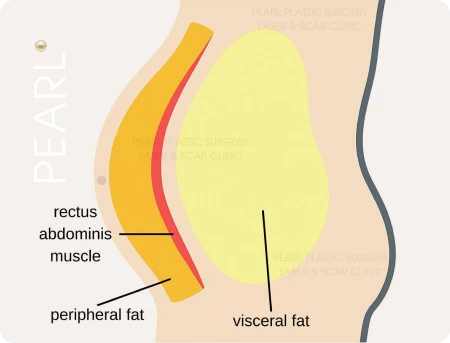
2. Excessive intra-abdominal pressure
Heavy weight-lifting , chronic coughing and/or frequent straining, can lead to thinning of the linea alba, causing separation of rectus abdominis muscles.
3. Genetic predisposition
4. Previous abdominal surgery
Abdominal surgeries e.g. laparotomies, can affect midline tension or symmetry, contributing to separation of rectus abdominis and/or ventral (midline) hernias.
Struggling with core weakness or a “stomach bulge”? Find out if you’re a candidate for diastasis recti repair.
Let’s fix itCommon features in men with diastasis recti
- Dome or ridge in the midline when doing crunch-like movement
- A protruding round belly despite having lean arms and legs
- Lower back pain or core instability
- Poor posture or "belly-hanging" appearance
How is it diagnosed?
As most people may be nervous about pressing into their own belly, if you suspect you have diastasis, it is best to have a medical/health-care professional perform a thorough physical examination and examine your abdomen for any gap between your recti muscles.
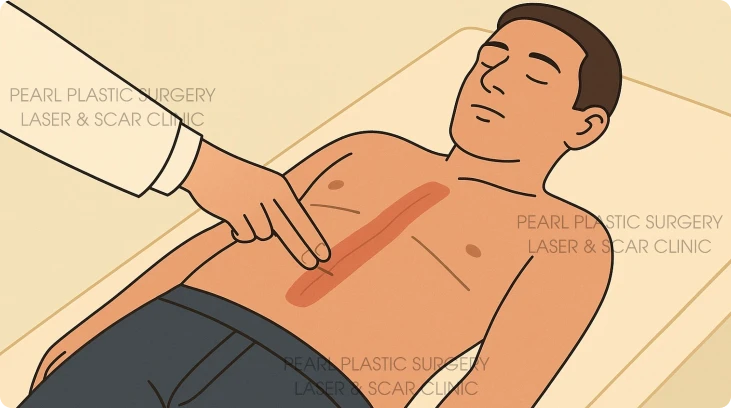
It can be measured in finger-widths, for example two to four fingers’ separation of the edges of rectus abdominis muscles
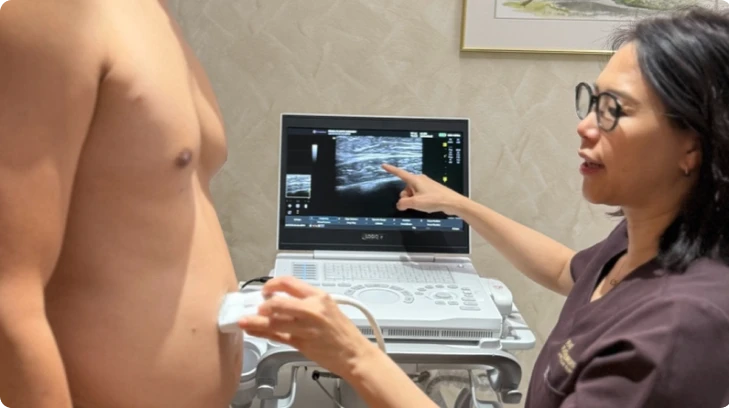
In my clinic, I use the ultrasound and measure:
- the width of diastasis
- thickness of peripheral fat (fat between skin and muscle)
- thickness of rectus abdominis muscle - thinner muscles are usually weaker, thicker muscles are usually stronger, this information can give us a general idea of your abdominal muscle strength.
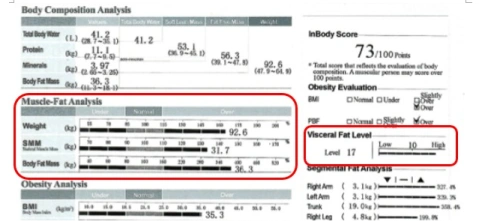
Physical examination is also combined with a bioimpedance “body composition analysis”, which will give us a reading of the levels of visceral fat in your abdomen and your overall muscle mass.

During the consultation, if there is a suspicion of a hernia, I will recommend a CT scan of the abdomen.
What can be done to treat diastasis recti in men?
Depending on the examination, how much peripheral fat there is and the patient’s desired health and aesthetic goals, options are:
- Repair of diastasis laparoscopically with liposuction of peripheral abdominal fat.
- Abdominoplasty/Tummy-tuck (removing excess abdominal skin and fat) with repair of diastasis via tummy-tuck incision.
Ready to restore your core strength? Reach out—we’re here to help.
Schedule your consultation todayConsultation and Clinic-based Procedures:
101 Irrawaddy Road, #17-08
Royal Square Medical Centre
Singapore 329565
Consultation:
6 Napier Rd, #05-03
Gleneagles Medical Centre,
Singapore 258499
Contact Information:
Tel : +65 6592 7880
WhatsApp : +65 9831 8618
Operating Hours:
